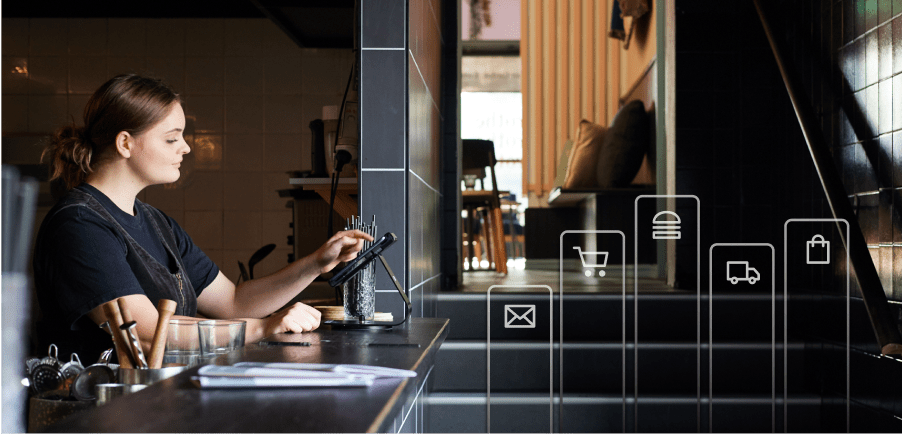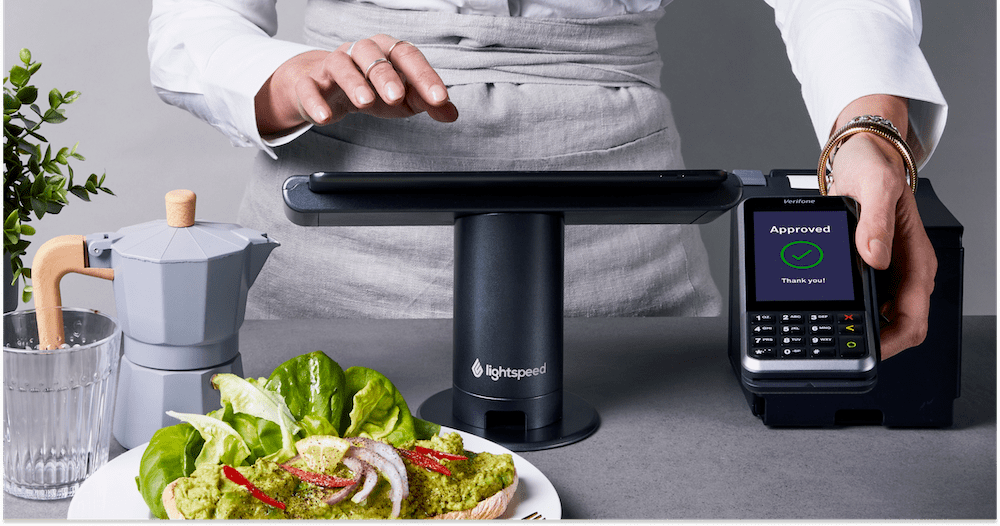
2022 has been a mixed bag for the hospitality industry. The start of the year bought with it a promise of a return to normal, with lockdowns and restrictions a thing of the past, open borders and buoyed consumer confidence.
While Covid restrictions were eventually lifted and hospitality venues welcomed customers back unencumbered, the aftershocks of the pandemic still reverberated across the industry. From staff shortages to a cost of living crisis, hospitality businesses have faced a wave of new challenges throughout the year.
With this in mind and the end of the year fast approaching, we take a look at some of the most influential trends that have shaped the hospitality industry in 2022 and what’s in store for businesses in 2023.
- Venues are more confident in technology
- Staff shortages plagued the industry
- Customers embark on a slow return to normal
- The cost of living crisis took its toll
- Omnichannel experiences are important to customers
Venues are more confident in technology
In 2020 and 2021, Covid lockdowns and restrictions forced many businesses to adopt technology overnight, even when tech wasn’t part of their roadmap.
From delivery apps to online ordering and QR codes, hospitality venues had to quickly pivot and introduce technology in order to survive. While technology helped venues stay afloat during the pandemic, many business owners were sceptical about the longevity and relevance of these platforms in a post-pandemic world.
Fast forward to 2022, and the vast majority of hospitality venues have permanently adopted the tech they introduced during Covid, and many are also considering adopting more tech in 2023.
According to a recent study, 56% of independent restaurants use tech to manage at least one aspect of their business. The research also found that 75% of restaurant owners plan to implement more technology into their venues in 2023 to help manage ongoing business challenges.
Throughout the year, we’ve witnessed a greater number of venues becoming more open to using tech. From digital loyalty programmes and marketing platforms to reservations, inventory and payments, business owners have gained a deeper understanding and appreciation for how tech can help streamline processes and help run their venue.
While the early stages of the pandemic forced the hand of many businesses to implement tech, 2022 has allowed venue owners to really get to grips with the benefits of restaurant technology.

Staff shortages plagued the industry
Staff shortages were a significant issue for businesses across Australia in 2022, with the hospitality industry faring worse than most.
The knock-on impact of prolonged lockdowns and border closures impacted hospitality venues throughout the year, with many struggling to fill open roles and reducing their service hours due to a lack of staffing.
According to the latest industry insights, the hospitality industry in Australia experienced a notable decline between 2019 and 2020, with the number of workers in the sector dropping from 818,900 to 575,600.
While employment levels have increased by 40% to 804,000 in 2022, the number of workers in the industry is still lagging behind pre-pandemic levels by nearly 15,000 workers.
Staffing pressures are slowly starting to ease as migration to Australia ramps back up, and recent measures from the federal budget, such as new funding to accelerate visa processing times, should further ease staffing woes in the new year.
Customers embark on a slow return to normal
After a disruptive two years of decreased customer spending and consumer confidence, customers slowly returned to in-person dining in 2022, and many feel more confident in a post-pandemic world.
According to a recent survey, 79% of Australians are back dining out at restaurants and bars, up 38 percentage points from Sept 2020.
While there’s still some way to go before the industry is back to pre-pandemic levels of foot traffic, huge gains were made in 2022 as customers slowly gained confidence in eating and drinking out at local cafes, bars and restaurants.
The cost of living crisis took its toll
The second half of 2022 saw an emerging cost of living crisis due to rapidly increasing inflation, which looks set to carry on into 2023.
The RBA predicts that inflation in Australia will hit 7.75% by the end of 2022. While the cost of living crisis has impacted many Australians this year, hospitality venues have faced financial insecurity on multiple fronts, and businesses are being hit hard by interest rate rises, inflation, the rising cost of inventory and wage increases.
The cost of living crisis has led to cautious customer spending, particularly on non-essential purchases. This has impacted hospitality venues as many people are reducing spending by cutting out daily coffees, takeaways and eating out.
Price is now a significant factor for many consumers, and most Aussies have tried different businesses than they usually would in an attempt to find better value, and the majority say they’ll continue shopping around.
A recent survey of Australian consumers found that 38% of Aussies have purchased from different businesses than usual because of better prices and promotions.
The same survey found that 35% of Australian consumers would shop somewhere else for better value.
Omnichannel experiences are important for customers
Despite a rise in in-person dining in 2022, customers still want the option to order online for takeaway and delivery.
While dining in remains a popular choice for customers, restaurants that offer an omnichannel ordering experience are more likely to appeal to a wider customer base.
A recent survey found that 51% of Aussies order takeout directly in-venue. Whereas 28% use omnichannel for delivery and takeaway – this could include purchasing via Uber Eats, calling to place an order, going in-venue or on a restaurant’s website. The survey also found that 21% of Australians only purchase delivery and takeaway online.
In 2022, customers also started to move away from the convenience of delivery apps and chose to order directly from restaurants for takeaway and delivery.
According to Statista, in 2022, 3.2 million Australians used a third-party platform to order food for delivery. This is predicted to jump to 3.6 million in 2023, an increase of 12.5%.
By comparison, 5 million Australians went directly to a restaurant for online delivery in 2022. This is predicted to jump to 5.7 million people in 2023, an increase of 14% – emphasising how more and more customers are willing to cut out the middleman and go direct to restaurants for their food delivery.
What’s in store for 2023?
As the last few years have taught us, it’s challenging to predict what’s around the corner, and while there’s no way to know exactly what’s going to happen, 2023 promises to be more stable than the last few years.
Open borders and reduced Covid cases mean hospitality businesses are in for a smoother ride over the next 12 months, with more customers to serve and fear of restrictions a thing of the past.
While rising inflation poses a risk to businesses in the coming months, increased migration looks set to offer some relief to the staffing crisis, and the hospitality industry can finally start to look forward to a return to normal.

News you care about. Tips you can use.
Everything your business needs to grow, delivered straight to your inbox.


